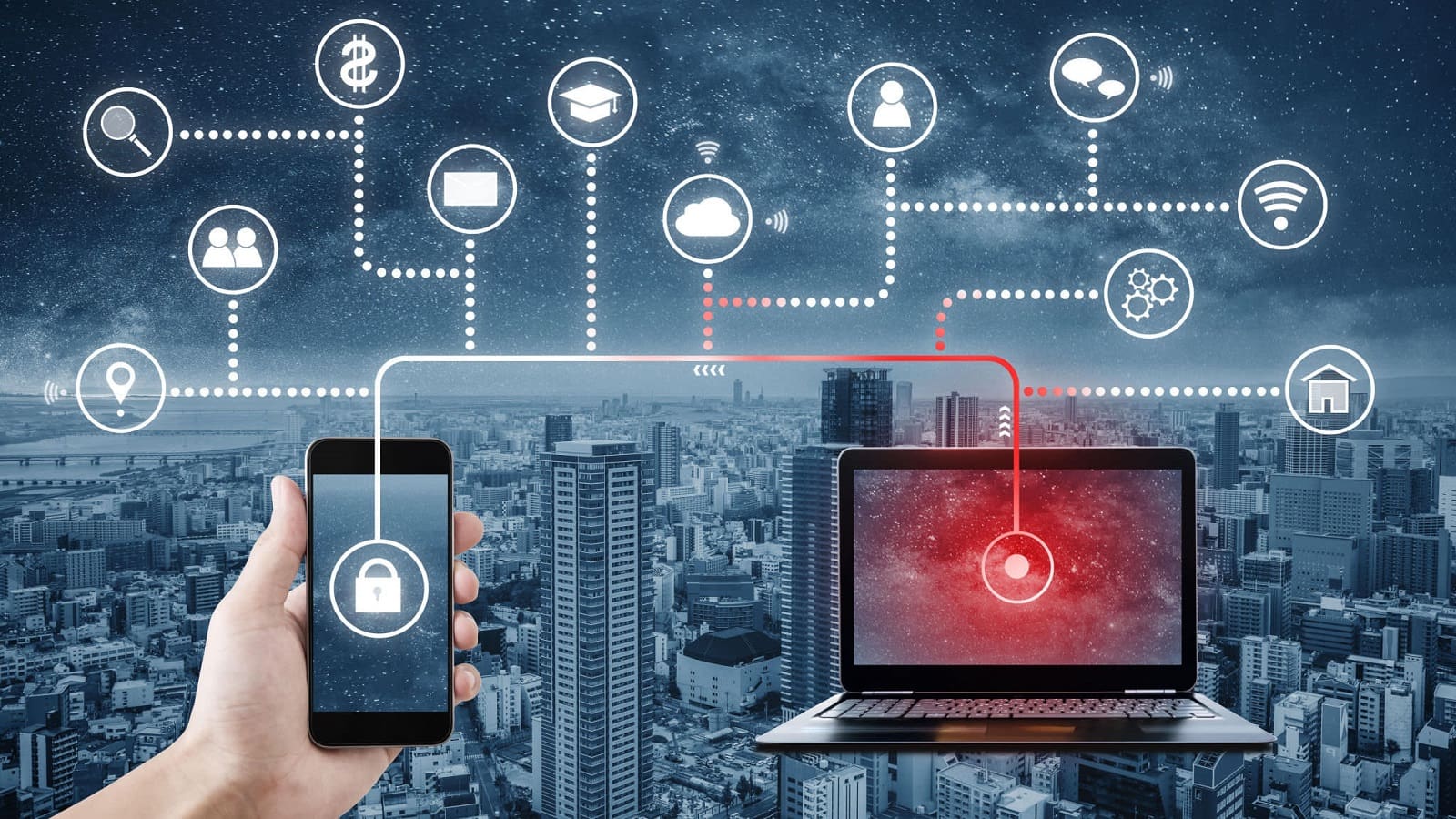
Banking cybersecurity is a hot topic these days. With hackers getting smarter, protecting your money online has never been more important. But what exactly is banking cybersecurity? Banking cybersecurity refers to the measures banks take to protect your financial information from cyber threats. These measures include firewalls, encryption, and multi-factor authentication. Banks also train their employees to recognize and respond to cyber threats. Why should you care? Because a single breach can lead to identity theft, drained accounts, and a whole lot of stress. Knowing how banks protect your money can give you peace of mind and help you make safer choices online. Ready to learn more? Let's dive into 18 facts about banking cybersecurity!
Banking Cybersecurity: An Overview
Banking cybersecurity is a critical aspect of modern finance. With the rise of digital banking, protecting sensitive information has never been more important. Here are some fascinating facts about banking cybersecurity that highlight its significance and complexity.
The Importance of Cybersecurity in Banking
Banks handle vast amounts of sensitive data, making them prime targets for cyberattacks. Understanding the importance of cybersecurity in banking can help us appreciate the measures taken to protect our financial information.
-
Banks are prime targets for cyberattacks. Financial institutions are among the most targeted sectors by cybercriminals due to the valuable data they hold.
-
Cybersecurity breaches can cost banks millions. A single data breach can cost a bank millions of dollars in fines, legal fees, and lost business.
-
Customer trust is at stake. A breach can severely damage a bank's reputation, leading to a loss of customer trust and loyalty.
Common Cyber Threats Faced by Banks
Banks face a variety of cyber threats, each with its own methods and goals. Knowing these threats can help in understanding the challenges banks face in securing their systems.
-
Phishing attacks are rampant. Cybercriminals often use phishing to trick bank employees and customers into revealing sensitive information.
-
Malware is a persistent threat. Malware can infiltrate banking systems, steal data, and disrupt operations.
-
Ransomware attacks are on the rise. Ransomware can lock banks out of their own systems, demanding payment for access.
Measures Banks Take to Protect Against Cyber Threats
Banks employ a range of cybersecurity measures to protect their systems and data. These measures are designed to prevent, detect, and respond to cyber threats.
-
Multi-factor authentication is standard. Banks use multi-factor authentication to ensure that only authorized users can access sensitive information.
-
Encryption protects data. Banks encrypt data to make it unreadable to unauthorized users.
-
Regular security audits are conducted. Banks perform regular security audits to identify and address vulnerabilities.
-
Employee training is crucial. Banks train employees to recognize and respond to cyber threats.
Regulatory Requirements for Banking Cybersecurity
Governments and regulatory bodies impose strict cybersecurity requirements on banks to protect consumers and maintain financial stability.
-
Banks must comply with GDPR. In Europe, banks must comply with the General Data Protection Regulation (GDPR) to protect customer data.
-
The USA has the Gramm-Leach-Bliley Act. This act requires financial institutions to explain their information-sharing practices and protect sensitive data.
-
Basel III includes cybersecurity guidelines. Basel III provides guidelines for banks to manage operational risks, including cybersecurity.
The Role of Technology in Banking Cybersecurity
Advancements in technology play a significant role in enhancing banking cybersecurity. These technologies help banks stay ahead of cybercriminals.
-
Artificial intelligence detects threats. Banks use AI to detect and respond to cyber threats in real-time.
-
Blockchain offers secure transactions. Blockchain technology provides a secure way to conduct and verify transactions.
-
Biometric authentication is becoming common. Banks are increasingly using biometric authentication, such as fingerprint and facial recognition, to enhance security.
The Future of Banking Cybersecurity
As cyber threats evolve, so must the strategies and technologies used to combat them. The future of banking cybersecurity looks promising, with continuous advancements on the horizon.
-
Quantum computing could revolutionize security. Quantum computing has the potential to create unbreakable encryption methods.
-
Cybersecurity will become more automated. Automation will play a larger role in detecting and responding to cyber threats, making banking systems more secure.
Banking cybersecurity is a dynamic and essential field, constantly evolving to protect our financial information from ever-changing threats.
Staying Safe in the Digital Age
Banking cybersecurity is more crucial than ever. With cyber threats evolving, banks must stay ahead to protect your money and personal info. Simple steps like using strong passwords, enabling two-factor authentication, and being cautious of phishing scams can make a big difference. Banks also invest heavily in advanced security measures, but your vigilance is key.
Remember, cybercriminals are always looking for new ways to exploit weaknesses. Staying informed about the latest threats and security practices helps keep your accounts safe. Regularly updating your software and monitoring your bank statements for unusual activity can prevent potential breaches.
By combining personal vigilance with the robust security measures banks employ, you can enjoy peace of mind in your digital banking experience. Stay safe, stay informed, and keep your financial information secure.
Was this page helpful?
Our commitment to delivering trustworthy and engaging content is at the heart of what we do. Each fact on our site is contributed by real users like you, bringing a wealth of diverse insights and information. To ensure the highest standards of accuracy and reliability, our dedicated editors meticulously review each submission. This process guarantees that the facts we share are not only fascinating but also credible. Trust in our commitment to quality and authenticity as you explore and learn with us.


